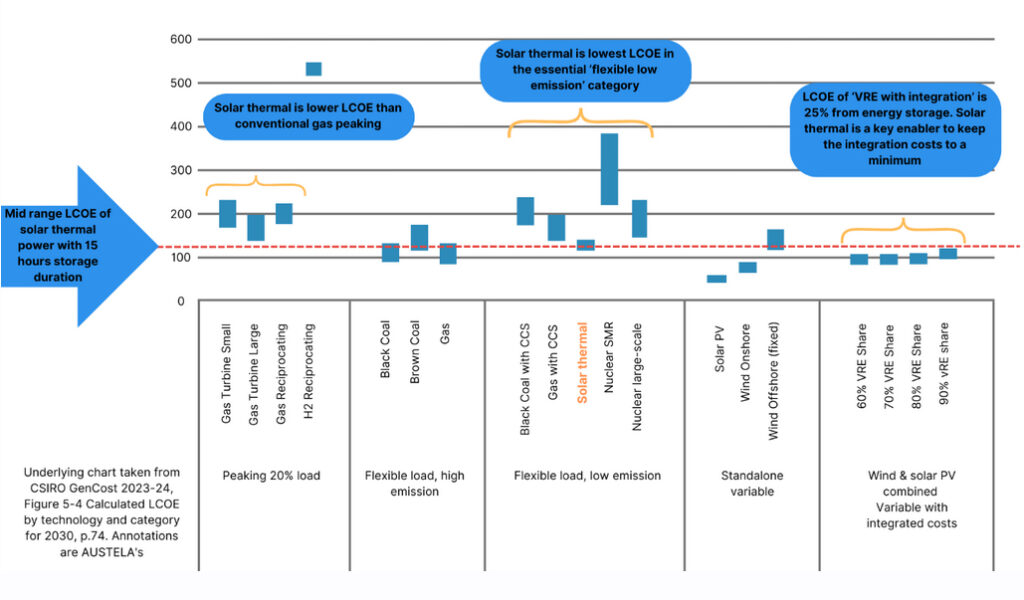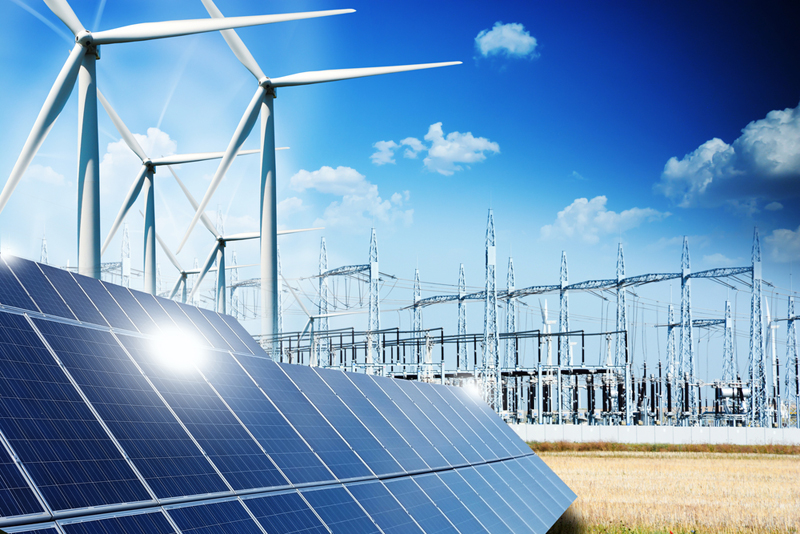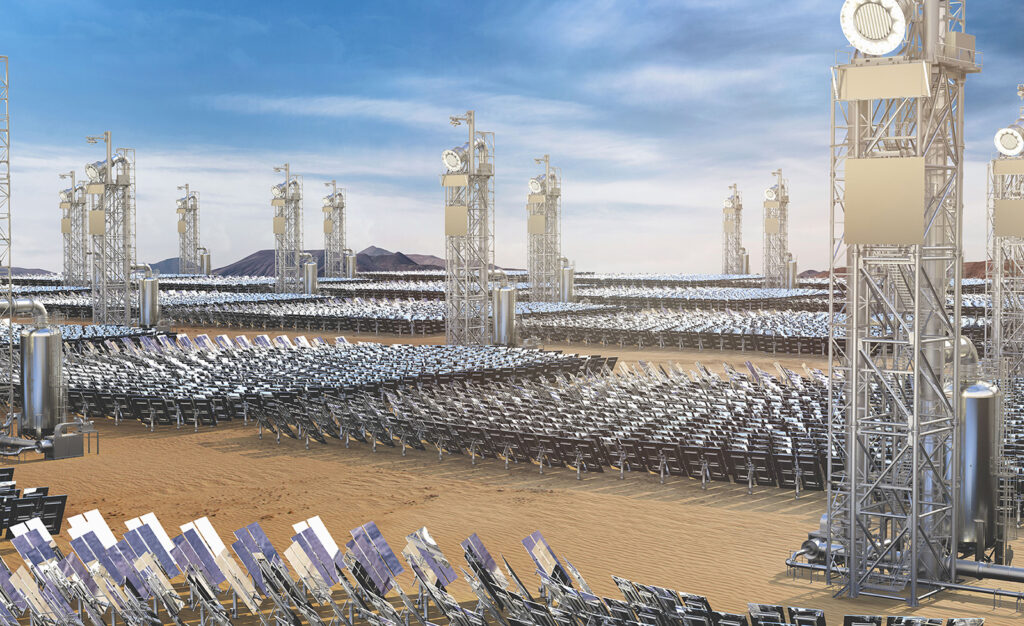SOLAR POWER WILL CHANGE THE WORLD

Aisvri on Unsplash
Solar power has arrived. It is not only here to stay, but it is growing exponentially and it is poised to change the world. So says The Economist in a special issue titled The Dawn of the Solar Age. In a series of articles and a lengthy essay, the respected UK newspaper asserts that the explosive growth of solar power is unprecedented today and will continue to accelerate for the foreseeable future. It will also be transformational for the world.
The authors write, “(Solar panels) now occupy an area around half that of Wales, and this year they will provide the world with about 6% of its electricity—which is almost three times as much electrical energy as America consumed back in 1954.” Yet, “Installed solar capacity doubles roughly every three years, and so grows ten-fold each decade.” This means that solar will in all likelihood be the single biggest source of electrical power on the planet by the mid 2030s.
This, they say, “will not stop climate change, but could slow it a lot faster. Much of the world—including Africa, where 600m people still cannot light their homes—will begin to feel energy-rich. That feeling will be a new and transformational one for humankind.”
Unprecedented economics
Asking how this will happen brings us to the unprecedented part. The authors write, “[C]onsider solar economics. As the cumulative production of a manufactured good increases, costs go down. As costs go down, demand goes up. As demand goes up, production increases—and costs go down further.” Generally, they observe, “This cannot go on forever; production, demand or both always become constrained. In earlier energy transitions—from wood to coal, coal to oil or oil to gas—the efficiency of extraction grew, but it was eventually offset by the cost of finding ever more fuel.”
But the authors note that the growth of solar power faces no such constraint. “The resources needed to produce solar cells and plant them on solar farms are silicon-rich sand, sunny places and human ingenuity, all three of which are abundant. Making cells also takes energy, but solar power is fast making that abundant, too. As for demand, it is both huge and elastic—if you make electricity cheaper, people will find uses for it. The result is that, in contrast to earlier energy sources, solar power has routinely become cheaper and will continue to do so.”
A virtuous circle
As for the transformation the authors promise, they describe a virtuous circle. Increased solar-power production leads to cheaper energy. The benefits of cheaper energy “start with a boost to productivity. Anything that people use energy for today will cost less—and that includes pretty much everything. Then come the things cheap energy will make possible. People who could never afford to will start lighting their houses or driving a car. Cheap energy can purify water, and even desalinate it. It can drive the hungry machinery of artificial intelligence. It can make billions of homes and offices more bearable in summers that will, for decades to come, be getting hotter.”
Better still, the authors are confident that while growth in solar can greatly aid the fight against climate change, “it is not dependent on efforts to stabilise the climate; if it keeps getting cheaper it will grow even if people persist in burning coal and oil alongside it.”
As they begin their essay: “An energy source which gets cheaper the more you use it marks a turning point in industrial history.” Or, to quote technology investor Rob Carlson, “the sun has won.”
There is great depth to The Economist’s analysis. Read more here.
ROUND-THE-CLOCK CLEAN CLEAN ELECTRICITY AND HEAT
400kWe 247Solar Plants deployed at scale
247Solar Plants™ bridge the gap between conventional wind and solar and the need for round-the-clock utility power and industrial-grade heat. 247Solar Plants store the sun’s energy as heat instead of electricity, for 18 hours or more, at much less than the cost of batteries. No generators are required, and 247Solar’s turbines can also burn a variety of fuels, including hydrogen, to ensure 24/7/365 dispatchability.
Extensive Applications
On-grid or off-grid, 247Solar Plants offer a 24/7 alternative to fossil fuels for a broad range of applications:
- CHP: 24/7 low-carbon Combined Heat & Power for industry
- Ultra Heat: Each 247Solar Plant can provide up to 1,500,000 Btu/hr. of heat at temperatures up 1000℃/1800℉ for industrial processes such as cement, glass, steel making, or minerals processing
- Microgrids: Always-on, emissions-free electricity and heat for islands, mines, communities, facilities
- 24/7 baseload power: 24/7 solar electricity, especially for emerging economies
- Green Hydrogen: 24/7 solar electricity and heat to power electrolysis around the clock
- Green Desalination: 24/7 solar electricity and heat to purify water around the clock
SOLAR THERMAL IS IMPOSSIBLE TO IGNORE

RenewEconomy
The baseload renewable alternative to coal plants is here today. The holy grail of renewable power has always been a fully dispatchable, zero carbon technology that is cheaper than gas peaking plants and comparable to coal.
According to Australia’s GenCost study, as reported by Renew Economy, solar thermal is “a technology available today with the same characteristics of dispatchability, synchronous generation and system strength benefits as fossil fuel generators but with zero emissions and lower cost of electricity.”
In fact, the study finds that solar thermal power has the lowest LCOE of any flexible-load, low-emissions technology. The chart at right, from Australia’s national science agency, CSIRO, and AUSTELA, shows that LCOEs get even better when solar thermal is combined with intermittent but even less expensive renewables like PV and wind.
In much of the world, Renew Economy reports that policymakers have begun paying attention. The question, they say, “should now move from ‘is there a role for it?’ to ‘how do we get it into the system?’”
CSP is ready today
The most established solar thermal technology is concentrating solar thermal power (CSP), like our 247Solar Plants™. CSP uses mirrors to concentrate sunlight, with the energy captured and stored as heat to be used on-demand to drive a turbine and generate electricity.
Unlike intermittent renewables, CSP is fully dispatchable and can store energy as heat, for delivery at any time, day or night. This makes CSP “the perfect complement to intermittent renewables, providing industry with reliable low-cost zero-emissions heat and electric power 24/7.”
CSP is deployed extensively overseas, particularly in southern Europe, the Middle East, and western China. Currently China is most committed, having recognized the importance of the technology to balance PV and wind, with 23 CSP plants in operation or under construction.
Renew Economy concludes: “Based on these objective numbers, any regulator or developer looking at how they build a low-cost, reliable and resilient energy system must now include CSP in their technology considerations.”
Read more here.
RENEWABLES NOW HALF THE COST OF COAL AND GAS

Eviart/Shutterstock
The numbers are in. US investment bank Lazard reports in its latest Levelized Cost of Energy+ (LCOE+) Analysis that large-scale wind and solar are now significantly cheaper sources of electricity generation than coal and gas – and can even undercut fossil fuels on price with the addition of energy storage.
As summarized by Renew Economy, the Lazard report that onshore wind supplies the cheapest form of energy, with an LCOE ranging across the globe between $US27 per megawatt-hour and $US73/MWh, or an average of $US50/MWh, depending on local conditions.
With the added costs of energy storage, the LCOE for wind rises to $US45-$133/MWh, which is still much cheaper than coal ($69-$168/MWh) and competitive with combined cycle gas ($45-$108/MWh).
Utility-scale solar, meanwhile, is more than half the cost of coal, at an LCOE of between $29-$92/MWh, average $61/MWh. Large-scale solar with storage ranges in LCOE from between $60/MWh and $210/MWh.
Competitiveness to continue
Although the report finds that “macro pressures, including high interest rates, have raised the lower end of our LCOE for certain renewables … renewables continue to be cost-competitive with conventional generation, which will lead to the continued displacement of fossil fuels.”
The report also notes a continued need for “diverse generation fleets” to meet increasing power demands driven by AI and data center deployment. An oft-cited solution for dramatically increased baseload generation is nuclear power. However, Lazard finds that the cost of nuclear has doubled since hitting a low of $US95/MWh in 2011, to an average of $US182/MWh, or ranging between $US142/MWh and $US222/MWh, in 2024. This makes both large-scale wind and large-scale solar significantly cheaper than nuclear, even when the renewable energy generation technologies are paired with storage.
Levelized Cost of Storage (LCOS) and Levelized Cost of Hydrogen (LCOH) analyses accompany the LCOE report.
Download the full report here.
FOLLOW & JOIN 247Solar
Contact: info@247solar.com
